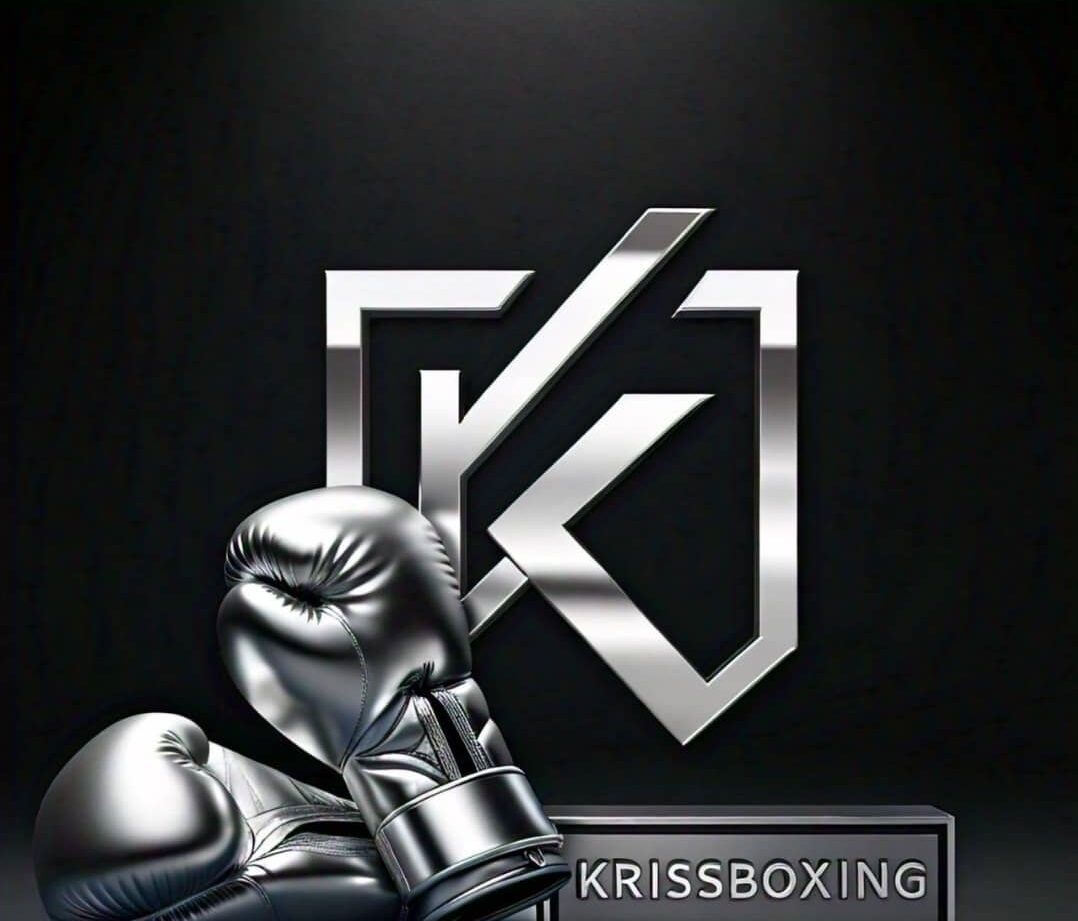Women’s boxing has been a sport for many years but traditionally remained less visible than its male equivalent.
In this regard, one can evidence that by breaking secluded traditional gender roles and prejudices as well as fighting against inequality female fighters have campaigned their way to priority and recognition.
This article aims to provide readers with the evolution of the profession of women’s boxing, starting from the initial period up to the modern legends.
Early Beginnings: Women’s Boxing in the Shadows
Below are the early beginnings of women’s boxing in the shadows:
The 18th Century
The emergence of women’s boxing was identified in London in the early 1720s. The story describes female fighters such as Elizabeth Wilkinson who participated in public fighting.
These fights were more similar to frenzied brawls, minimally regulated, and carried a lot of danger.
The 19th Century Decline
By the Victorian era, women were a fragile gender that was supposed to stay at home propagating the boxing culture.
Stigma was promoted for women fighters, and with time, many public fights started reducing.
Revival of the 20th century
The revival of the women’s boxing in the 20th century:
Early 1900s
Women’s boxing continued only in exhibitions rather than real games that had been earlier seen.
Thus, we can watch fighters like Polly Burns start receiving attention, but they still couldn’t find any rivals to fight against or events to participate in.
Mid-20th Century: The Struggle for Legitimacy
They became popular in the 1950s and 60s due to famous fighters, such as Barbara Buttrick, alias The Mighty Atom, who helped promote women’s boxing at an international level.
However, the majority of the boxing commissions declined to sanction women’s fights with good reasons; safety became a major concern as well as the social set traditional stereotype that women should not engage in boxing.
The Legal Fight
In the 1970s and 1980 women sought a right that would allow them to compete. Some of the typical cases include Cathy “Cat” Davis, whose battle was televised in 1978 despite cutting her hair.
Modern Era: Women’s Boxing Gains Momentum
Olympic Recognition
Women’s boxing was included in the Olympic Games in 2012, for the London Olympics there are three weight classes to start with. This was a turning point in the history of the given sport’s legitimacy
Claressa Shields is an example, she began setting records by winning gold at the age of seventeen and later dropping it to be a two-time Olympic champion.
Rise of Professional Champions.
Female fighters now headline major boxing events, with stars like:
Katie Taylor: The current two-division world title holder and the Olympic champion.
Amanda Serrano: That achieved titles in seven divisions.
Cris Cyborg: Switched from MMA to boxing, and became a serious force in boxing.
Prominent Events
The Taylor-Serrano fight in Madison Square Garden in 2022 was the first female fight to headline the venue, a sign that women’s boxing was Wireless.
The Challenges Women Boxers Still Encounter in this Line of Success.
Despite significant progress, women in boxing continue to encounter challenges:
Pay Disparities
Through comparison, the author notes that female fighters are paid considerably less than men, including when they fight championship matches.
Media Representation
In the case of women’s boxing, the sport tends to attract less attention and marketing, therefore fewer bookings and sponsorships.
Limited Weight Classes
Women’s boxing has fewer weight classifications than men’s boxing therefore women have limited chances to compete.
The Future of Women’s Boxing
Increased Visibility
Sites like social media and streaming such as DAZN, have allowed fans to easily keep up with female fighters.
Expansion of Weight Classes
Further demands for divisions and titles will initiate the ability to include ever-growing amounts of deserving female athletes.
Popular Role Models and Grass Root Programs
Like others such as Claressa Shields and Katie Taylor, the current crop of fighters is motivated to succeed in the sport.
Amateur programs are growing around the world for girls boxing, starting the sport at the youth level.
Frequently Asked Questions FAQs
When were gloves first used in boxing?
With the coming of the Marquess Queensberry Rules of 1867, there was a requirement for gloves.
What do you think bare-knuckle boxing bouts were like?
While staging the fights, there was no limit for the duration, no protective equipment used, and little or no restrictions to be observed, and often the results were the worst—the fighters getting badly injured.
The scoring system, how have the changes occurred in boxing?
Earlier versions used spectator opinion as a decision criterion for who should win or not. Currently, scoring uses a 10-point must system with consideration given to clean punches, defense, and control.
The question is weight classes in boxing: What do they serve to do?
In boxing and kickboxing, it also makes a lot of sense to have weight classes so that the fighters are of equal size and strength.
How do the modern boxing rules protect the fighter?
Courses including the standing eight-count rule, the three-knockdown rule, and the mandatory gloves all serve to discourage dangerous moments during the spars.
Conclusion
In my field, the changes in the boxing rules have to do with efforts to make the sport even better in terms of safety, fairness, and marketing.
And while how modern practitioners may engage in the sweet science has changed drastically—say, originally as what has been largely considered as nothing more than a savage brawl and what is now the set of highly regulated professional fights—boxing has come a long way.
Such modifications are not only designed for the safeguarding of combatants but also for the sustainability and development of this marvelous performance art.


